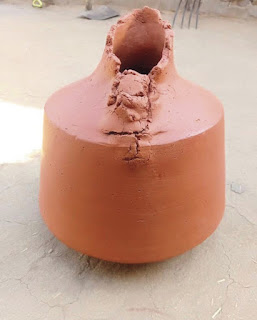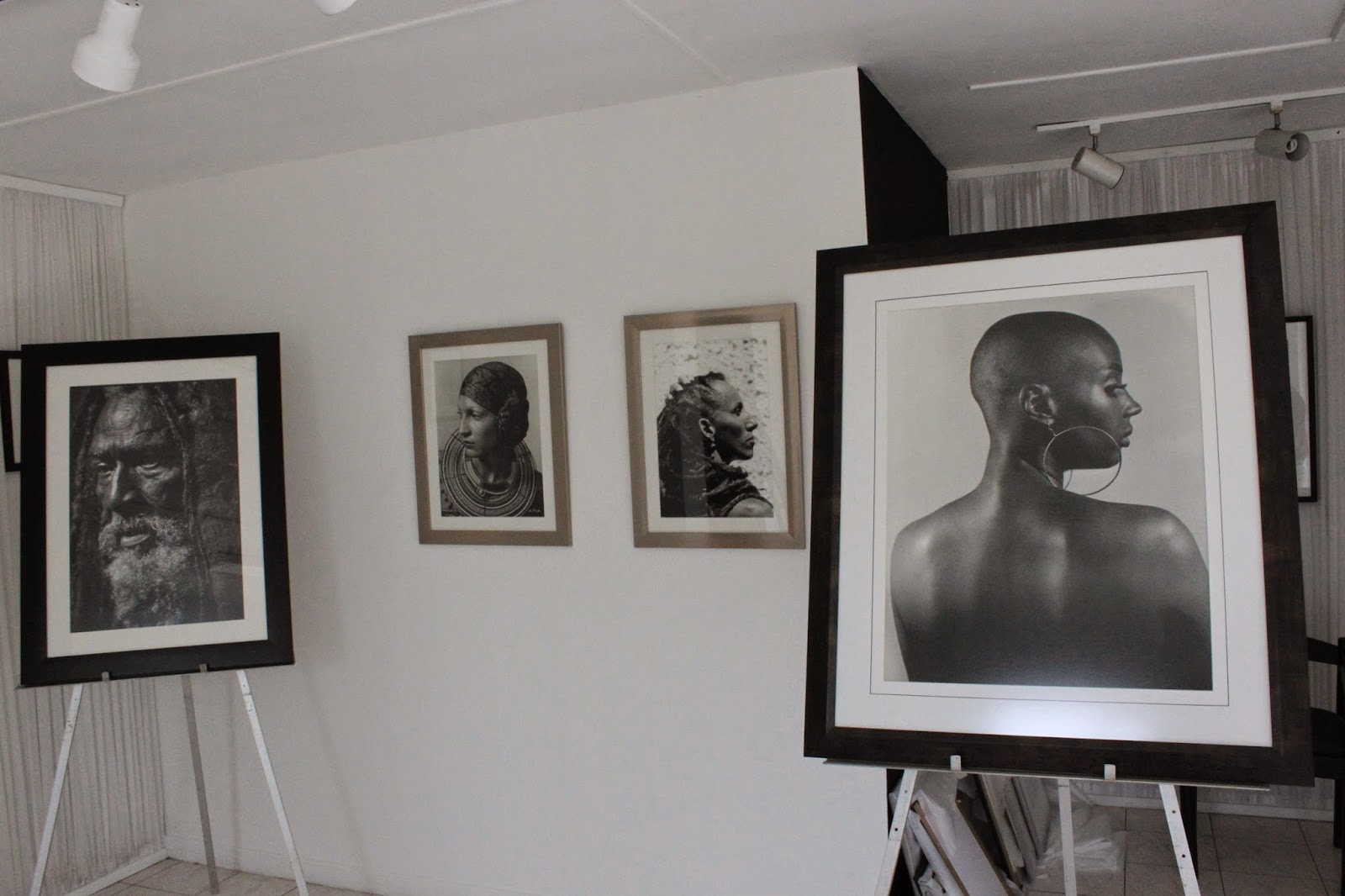Jag Mehta – creator of earthy ceramics
There is a mystic and time-warped aura around the ceramics of Jag Mehta. One is intrigued by the simplicity of the style, form, shapes, and the rustic finish. The earthiness of the end product that Mehta creates transcends and is reminiscent of mankind’s early romance with pottery, creating functional and decorative terracotta art.
Call it a coincidence or the strong influences of his land of birth, Lahore, Pakistan, and living in the port city of Karachi, home to the Indus Valley Civilization, Mehta’s ceramics transport one to the pottery of that bygone era. Or as Mehta says, his works are born out of the fact that he is self-taught and not having any formal training in ceramics and the intricacies of its processes.
Pottery made at Matticookware Studio,
Pahari, Rajasthan, India.
February/ March 2020
“I have no formal education of ceramics and I know very little about glazes,” said Mehta, who has used his creativity to produce simple, yet awe-inspiring pieces. “I use oxides and underglaze colours, which do not need much knowledge, experimentation, or experience.”
A hotel and hospitality industry professional, Mehta made St Ann, Jamaica, his home. He says he is “Indian by birth, Jamaican by choice.” He travels extensively and has exhibited his works across the world.
He recalls that his first brush with ceramics was when he was posted in Puerto Rico in 1976. He got some well-known ceramists to open a gallery in the hotel. Mehta also saw the opportunity to get a group of people to learn making ceramics as a hobby. Mehta recalls that he was fascinated by the processes and decided to try his hand and was encouraged by his wife to continue – and the rest was history.
Mehta returned to Jamaica in 1977 and went to the Jamaica School of Art and Craft (now the Edna Manley College of the Visual and Performing Arts) to source clay and also was encouraged by renowned Jamaican Eugene Hyde to continue doing ceramics. “Eugene helped me organise my first shows in Jamaica,” Mehta said.
 |
| Piece with the gold glaze done at The Pottery Workshop, Jingdexhen, China. March 2016. |
His works are encased in simplicity in form and processes.
Mehta says he does not necessarily envision the final form of his creation when he starts on an artwork. It evolves as he works on it. “I start with very vague idea as to its shape or its finished look,” he said. “However it very rarely turns out like my original idea.”
The final artwork, he says, may also not take the same shape as he started out with. He says that the shape of the clay, like a musician composing a song, journeys through the crests and troughs. The medium (clay), which is as alive as the creative juices of the artist, guides and leads him at every step of the way. “The finished look is the product of the clay,” Mehta said. Upon completion, the work takes ones senses to a crescendo.
Many of Mehta’s works have an organic or an ‘unfinished’ look, which would, as we articulated earlier, take one’s senses on a time travel to the Indus Valley.
To give a context, Indus Valley Civilization, along with Mesopotamia and Egypt, are recorded as one of the oldest civilizations of mankind. Indus Valley Civilization extended from what is modern-day Afghanistan, Pakistan, and North West of India. This civilization thrived on the banks of River Indus.
Two of its most prominent cities, which were excavated in the 1920s – Harappa and Mohenjodaro – are also models of urban planning. The exquisite pottery and other artefacts, figurines, seals, and castings reveal the use of stone, bronze, and terracotta as the media.
Most of Mehta’s works are done by hand. The processes by which Mehta creates the ceramic artwork is on a small non electric wheel, akin to a Lazy Susan. He says that he slowly shapes the clay to give it a desired shape. What started as a hobby has evolved into a serious vocation, one that he lhas oved for over four decades. He has done shows in the UK and India and has travelled to China and Japan to make ceramics.
Pottery made at Matticookware Studio,
Pahari, Rajasthan, India.
February/ March 2020
He got a Bachelor of Science degree at Cornell University, New York,and an MBA from Columbia University, New York. He also did part-time studies in ceramics at Loughborough University of Technology, England; the University of Puerto Rico; and the Edna Manley College of the Visual and Performing Arts.



Comments
Post a Comment